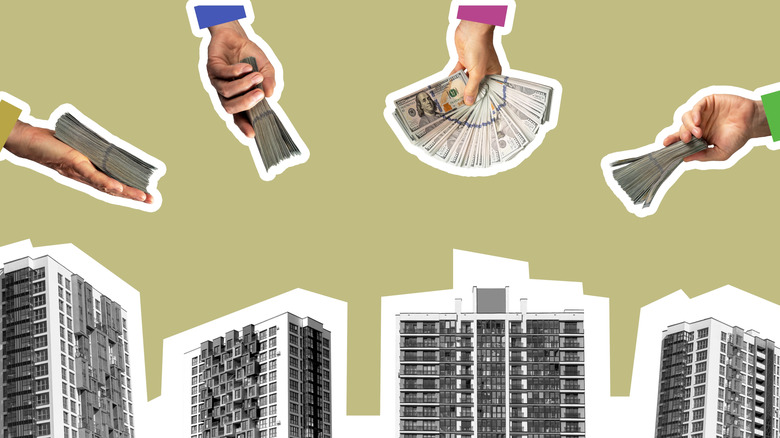Why You Should Consider 'Recasting' To Lower Your Mortgage
Plenty of great options exist to help homeowners reduce the cost of their monthly mortgage payments. From refinancing options to loan modification requests after a sudden financial shock, there's a catalog of solutions that can help you reduce this important component in your monthly budget. As a rule of thumb, most homeowners should be seeking to keep their housing payments to 28% of their total income (or less, ideally). If you're significantly over this number, you could risk foreclosure, or an ongoing imbalanced budget that can result in a state known as being 'house poor.'
If you've experienced a downturn in work availability, had a new financial obligation creep into your life, or have simply been dealing with a spate of bad luck that's eaten away at your emergency funds, a mortgage alteration may be your best approach. Vulnerable financial waters make for difficulties elsewhere, and it's well documented that money trouble leads to tremendous mental stress and even physical illness. One particular mortgage maintenance strategy can be uniquely valuable to homeowners seeking a radical change. Known as 'recasting,' this process can improve your equity standing and lower your repayment obligation by a notable margin all in one fell swoop. While it may not be right for everyone, plenty of homeowners can get great mileage out of this arrangement with their mortgage lender. Lenders are often amenable to the change, too, making it a genuine win-win that benefits everyone involved in the lending agreement.
Recasting starts with a lump sum payment and ends with lower monthly bills
Rather than going through a potentially expensive and lengthy refinancing process, banks will consider recasting as an alternative to shake up your repayment obligation. The recasting process involves paying a lump sum to your mortgage lender. If you've received a particularly large tax refund or inheritance, for instance, that could add substantially to your existing savings, you might consider this approach. Part of paying this chunk of your mortgage means that your lender will then re-amortize the loan — essentially restructuring the monthly contribution figures necessary to satisfy the repayment window and remaining balance.
This approach doesn't involve closing costs, like a new loan agreement would, so it can be a major financial boost in numerous ways. Recasting your mortgage can save you plenty of money over the long term, too. Not only does this lower your monthly payments — reducing the pressure of meeting your revolving financial obligations — but it also lowers your total debt load so you'll save on the interest that's added to the loan. Moreover, unlike paying off a lump sum on a credit card bill or student loan, pumping money into your mortgage doubles as a means of actively buying up a greater share of your property. This can make the strategy feel even more impactful.
This strategy may set you up for future alterations, too
Beyond surface level benefits, recasting your mortgage can set you up for additional benefits down the road. Many homeowners in the United States put down less than 20% when buying a new property. In 2024, first time homebuyers had an average down payment of 9%, per the National Association of Realtors, while all buyers combined put down roughly 18%. This means that plenty of buyers will start their repayment journey with less than 20% equity in their home.
While the once traditional 20% figure is no longer a sticking point, not keeping this threshold in mind is still a feature that many first time buyers end up getting wrong about buying a house. By putting down less than 20%, you will have to pay private mortgage insurance contributions on top of your mortgage cost — a policy that protects the lender but offers no value to you personally. After you reach 20% equity, you can ask for this add-on to be removed. Recasting might bring you up to or beyond that figure, allowing for an extra price reduction on top of the newly lowered base repayment cost.
Additionally, by introducing additional equity, you'll create a more stable foundation to use for other lending products that may be necessary in the future. A refinance may not be the right choice today, but utilizing a HELOC to fund a renovation project, or a cash-out refinance to support urgent medical treatment becomes more accessible later on if you've already prioritized building equity.


